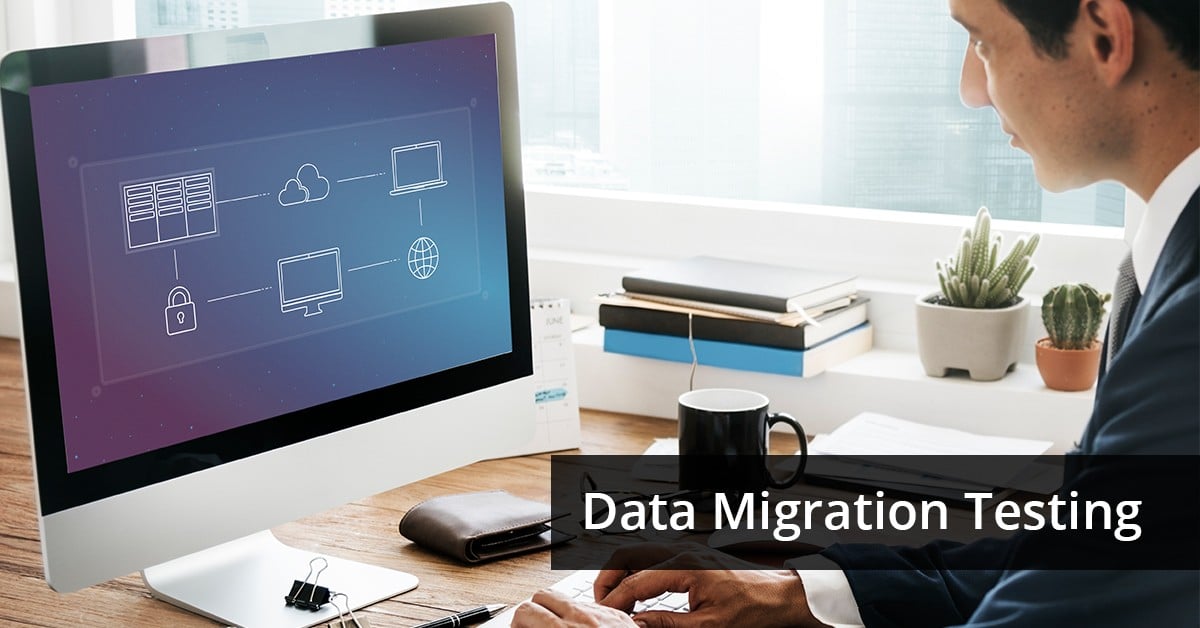
Data Migration Testing: Ensuring Accuracy and Integrity
Data migration is a critical process for organizations upgrading systems, moving to the cloud, or consolidating databases. Ensuring the accuracy and integrity of data during this process is paramount to avoid costly errors and maintain operational efficiency.
Understanding Data Migration Testing
Data migration testing involves validating the successful transfer of data from one system to another while maintaining data accuracy, completeness, and consistency. This testing phase is essential to identify and mitigate potential risks associated with data loss, corruption, or misalignment.
Key Components of Data Migration Testing
- Source Data Extraction Verification: The first step in data migration testing is verifying the extraction of data from the source system. This ensures that all required data sets are correctly identified and extracted according to predefined criteria.
- Data Transformation Validation: During data migration, data often undergoes transformations to fit the new system's format or structure. Testing verifies that these transformations are executed accurately without altering the data's meaning or integrity.
- Data Integrity Checks: Ensuring data integrity involves validating the accuracy and consistency of migrated data. This includes comparing data in the source and target systems to detect any discrepancies or anomalies that may have occurred during the migration process.
- Error Handling and Rollback Testing: Testing error handling mechanisms is crucial to assess how the system responds to data migration failures or errors. It includes testing rollback procedures to revert changes and maintain data consistency in case of unsuccessful migrations.
Benefits of Comprehensive Data Migration Testing
- Risk Mitigation: By identifying and addressing potential issues early in the data migration process, comprehensive testing mitigates the risk of data loss, corruption, or inaccuracy. This proactive approach minimizes disruptions to business operations.
- Ensuring Data Accuracy: Accurate data is essential for informed decision-making and maintaining regulatory compliance. Rigorous testing ensures that data migrated to the new system retains its original quality and relevance.
- Cost Efficiency: Detecting and resolving data migration issues during testing reduces the overall cost of fixing errors post-implementation. It prevents operational downtime and the need for extensive troubleshooting efforts.
- Maintaining Business Continuity: Smooth data migration ensures minimal disruption to daily operations and customer service. It allows organizations to maintain productivity and deliver uninterrupted services to clients.
Best Practices in Data Migration Testing
- Planning and Preparation: Thorough planning, including defining migration objectives, data mapping, and establishing testing criteria, sets the foundation for successful data migration testing.
- Test Environment Simulation: Creating a test environment that mirrors the production environment ensures realistic testing scenarios and accurate validation of migration outcomes.
- Automated Testing Tools: Utilizing automated testing tools enhances efficiency by executing repetitive tests, validating large data volumes, and detecting inconsistencies more effectively than manual methods.
- Collaboration and Communication: Effective collaboration between IT teams, data analysts, and stakeholders facilitates seamless coordination throughout the data migration testing process. Clear communication ensures alignment with business goals and expectations.
Challenges in Data Migration Testing
- Complexity of Data: Migrating complex data structures, including relational databases or legacy systems, increases the risk of data discrepancies and requires meticulous testing strategies.
- Data Security and Compliance: Ensuring data security and compliance with regulatory standards, such as GDPR or HIPAA, adds complexity to data migration testing. It necessitates implementing measures to protect sensitive information during transit and storage.
- System Integration Issues: Integrating migrated data with existing systems and applications may lead to compatibility issues or performance bottlenecks, requiring thorough testing to identify and resolve integration challenges.
Conclusion
Data migration testing plays a crucial role in achieving successful data transitions while safeguarding data accuracy, integrity, and reliability. By adopting rigorous testing practices and leveraging advanced testing methodologies, organizations can mitigate risks, ensure seamless migrations, and uphold operational excellence. Prioritizing data migration testing not only enhances system performance but also strengthens organizational resilience in adapting to technological advancements and evolving business needs. For comprehensive data migration testing services that ensure accuracy and integrity, trust in expert solutions to safeguard your data assets effectively.
